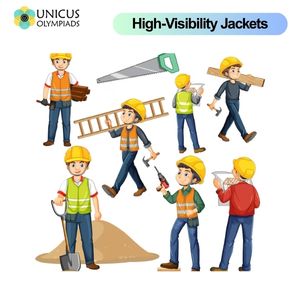

Bright jackets, commonly known as high-visibility (Hi-Vis) jackets, are essential pieces of personal protective equipment (PPE) worn by workers across various industries. These jackets play a critical role in ensuring the safety of workers, especially in environments where visibility is poor, such as on construction sites, roadwork areas, and industrial plants. In this article, we will explore why workers wear these jackets, the science behind their effectiveness, fun facts, and related information that highlights their importance.

High-visibility jackets are designed to make workers easily seen by others, particularly in high-risk environments. These jackets are often made from fluorescent fabrics and feature reflective strips, which help ensure that workers are visible from a distance, even in low-light conditions or adverse weather conditions.
While bright jackets are a serious safety tool, there are some interesting and fun facts surrounding them. Here are a few:
High-visibility clothing must meet certain safety standards to be effective. These standards are set by organizations that define the criteria for the minimum amount of reflectivity and the required colors for different environments.
High-visibility jackets are used in a variety of settings, especially where workers are at risk of being overlooked by machinery or vehicles. Here are some examples of their use in different sectors:
Modern high-visibility jackets are made with specific materials that maximize visibility and comfort. These jackets must meet the necessary standards and often include features designed for the worker’s comfort and protection.